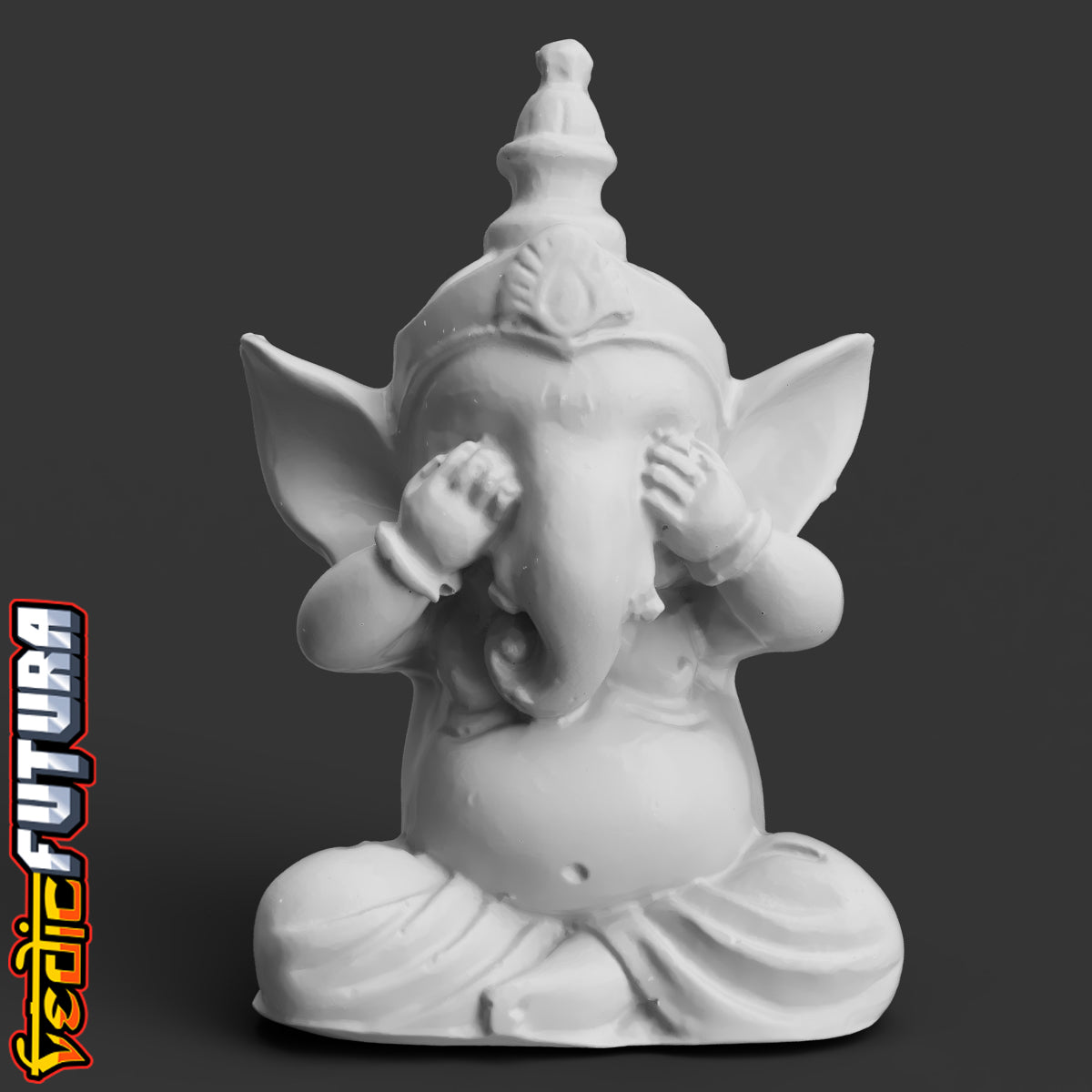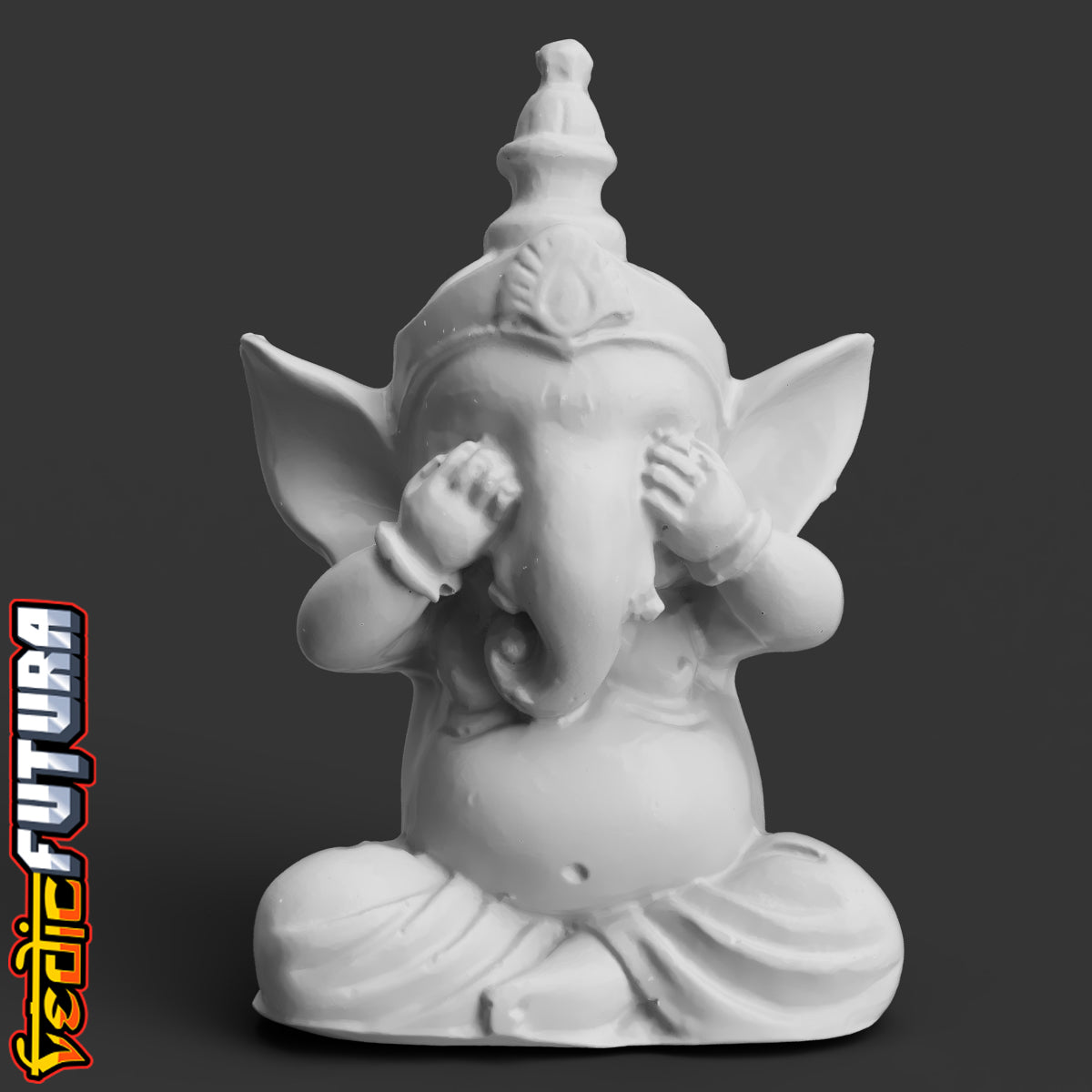See No Evil, Hear No Evil, Speak No Evil Ganeshas
See No Evil, Hear No Evil, Speak No Evil Ganeshas
Couldn't load pickup availability
The classic proverb depicted with three delightful Ganesha's. The age-old Japanese adage “see no evil, hear no evil, speak no evil” became popular during the 17th century in a Shinto pictorial format. People often use the phrase to describe those who turn a blind eye to bad behavior. It turns out there is a pretty interesting story behind it, though. The saying comes from an old Buddhist parable. The parable tells the story of three monkeys whose teacher ordered them not to see, hear, or speak evil. Each monkey tries to follow these directions, but they eventually fail. This story is meant to teach people awareness of their surroundings and not turning a blind eye to bad things.
Text credit:https://a-z-animals.com/blog/see-no-evil-hear-no-evil-speak-no-evil-monkeys-meaning-and-origins/
Please Note: This is a digital 3D model (STL/3mf file) for 3D printing – not a physical object.
No physical product will be shipped.
After purchase, download links will be shown on your screen and sent to your email.
Please read the full website description and terms before purchasing.








